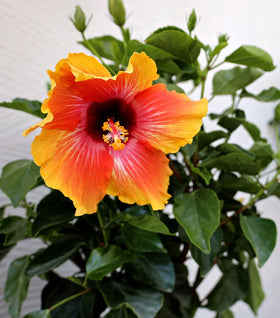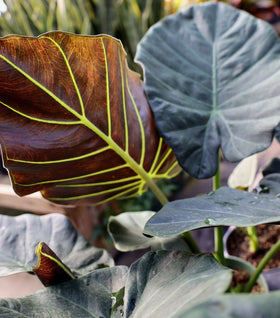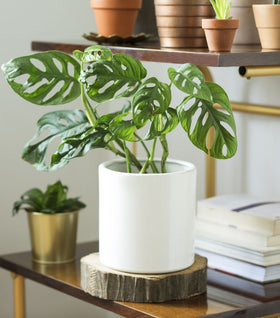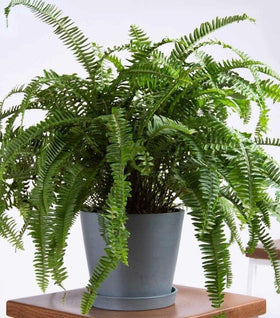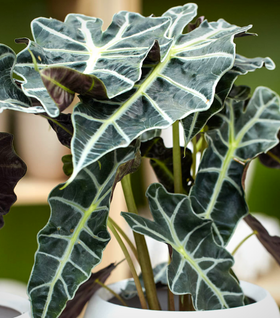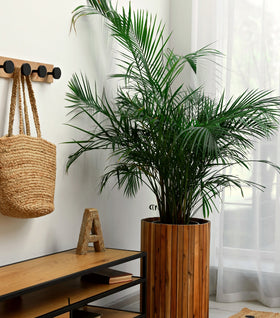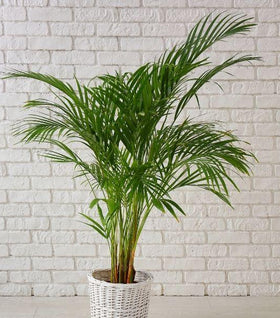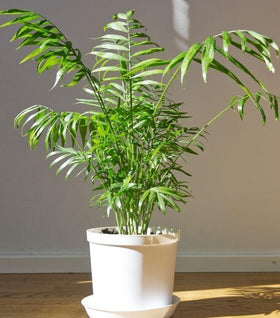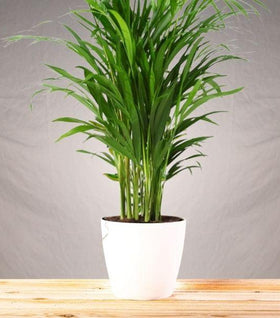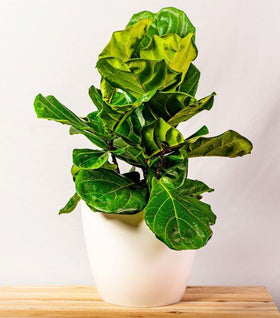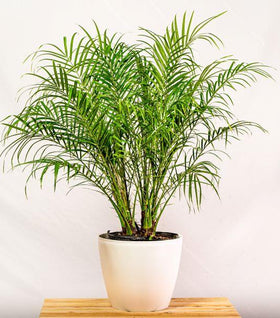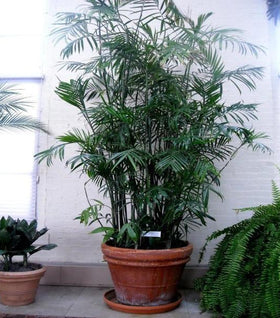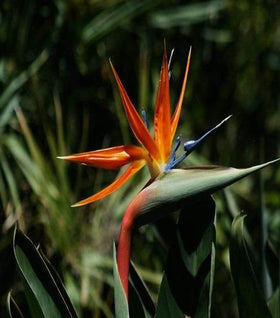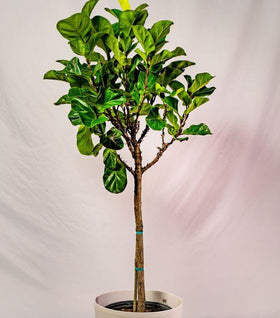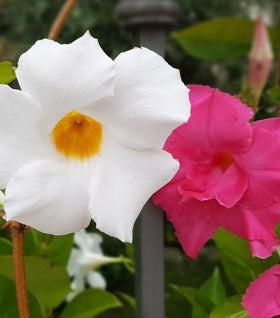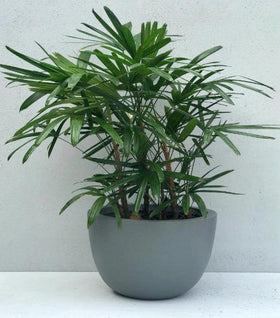Tropical Plants for Sale Online
Tropical plants are a welcoming addition to any home interior, with their exotic leaf shapes and colors drawing universal interest. From birds of paradise to olive trees, tropical interior plants can serve both decorative and utilitarian purposes in your home, some tropical plants also filter the air while bringing gorgeous joy.
Tropical plants are wonderful as houseplants or Patio Plants, but if you live in a northern area, many of these plants must be brought inside during the winter months. Those living in Zones 9 and above can only keep tropical plants as houseplants. Many customers do use tropicals as patio plants or even pool plants but they bring them indoors during the cooler months.
Growing Tropical Plants Outdoors in Summer:
Light
For most tropical plants, simply providing full sun yields jungle-size leaves and showstopping flowers. Some shade is ok as most tropical plants are native to the jungle floors. Be careful to slowly introduce your tropical plants to the full sun after being inside during winter. If possible move them to a slightly shaded area for a week or two.
Water
Tropical Plants benefit from deep watering almost weekly or more frequently when needed. Sticking your finger into the top of the soil is always the best way to tell if the soil is dry. If it feels dry, it is dry.
Fertilizer
Fertilize tropical plants twice per month during the growing season. Jack's Classic Houseplant special is great for a water-soluble feed and Osmocote plus indoor outdoor is great for those who are not interested in mixing fertilizer each time or those who forget. Never fertilize plants if the soil is dry as it will burn the roots.
Growing Tropical Plants Indoors During the Winter
Light
During the dark winter months, place your tropical plants near a south or west-facing window. During the winter months, these will be your brightest locations. This allows Tropical Plants to utilize the brightest light possible.
If space by the windows is not available for your tropical plants' fluorescent lights placed above the plants will do. This will keep them happy until spring comes and they can be moved back outside. There are also specialty light bulbs available now which use less electricity and do a very good job of replicating real sunlight.
Water
Tropical plants will use far less water during the winter months so care must be taken to not overwater. During the winter when plants do need water it is best to water deeply once than to water only a little frequently. Shallow frequent watering will cause poor root growth and weak stems. Allow the soil to dry out between watering. Overwatering suffocates roots.
Humidity
Increase humidity by using a water bottle to spritz plants, clustering plants together also helps, as does using a humidifier.
Fertilizer: tropical plants will not need to be fed during the winter months. Occasionally it is ok to put a few drops of water-soluble fertilizer into a spray bottle when wisting the leaves. Never fertilize plants if the soil is dry as it will burn the roots
Temperature
Most tropical plants will not withstand temperatures below 55 degrees, Do not place them near heating vents as this will dry the foliage
Insects
Inevitably, when you bring your plants indoors in the winter and cluster them all together insects, can become a problem. Before bringing your plants indoors it's always a good practice to inspect the plants for insects.
Check the undersides of the leaves for aphids, mealy bugs, or even the dreaded spider mite. A water bottle filled with a few drops of dish soap and water will kill most insects such as aphids or spider mites. Mealy Bugs can be dealt with by using cotton swabs dipped in alcohol.
Caring for your Tropical Plants:
Many tropical flowering houseplants or indoor flowering trees will require pinching or pruning to maintain a pleasing appearance. Pinching back to the growth tip (the top of the stem) will encourage lateral branching and maintain a more attractive appearance. Prune the tips in the spring before active growth occurs.
Re-Potting should be done early in the spring before growth begins. typically this is done when the plant becomes root-bound. Do not go too big when choosing the next size pot. For example, from a 6-inch pot to an 8-inch pot, not a 10-inch pot.
For more information on how to repot a houseplant, follow the steps in our planting guide: How to Repot a Plant.




